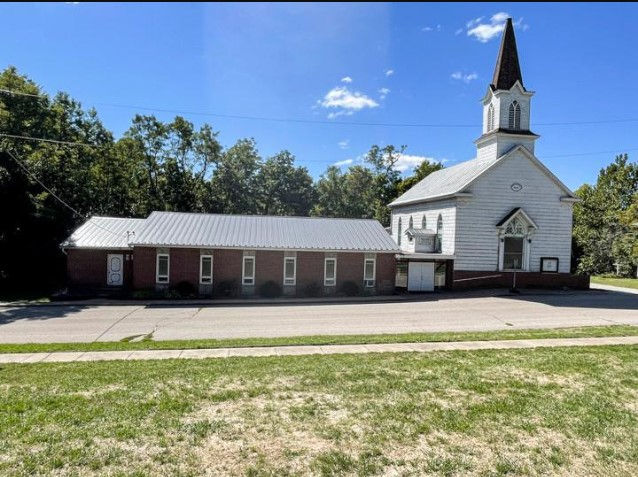African American Nauvoo
- Joseph Johnstun
- Oct 2, 2023
- 1 min read
Updated: Mar 23, 2024
In February 1845 the Illinois Supreme Court ruled that enslaved people could not be held in the state. That year, there were about forty Blacks living in Nauvoo, about a dozen of whom were brought here enslaved. However, they were constantly in danger of being accused as an escaped slave, kidnapped, and sold into slavery.
Extralegal violence was always possible, too. When the Keystone Store was robbed on March 29, 1844, a Black man named Chism was accused. He was taken by friends of the store owners to a wooded area east of town and whipped until he “confessed.” City officials had two men involved arrested, and, in a rare instance of justice for a Black man, one of them was convicted of assault and battery.
Among the Free People of Color were eleven members of the Manning family. They would become close friends with the Smith family. When they arrived shortly before Christmas, 1843, Manning family members took jobs throughout town. Siblings Isaac and Jane worked for Joseph and Emma Smith as cook and laundress.
Early in 1844, Emma invited Jane to be sealed into their family. In June 1844, Hyrum Smith sold a portion of his farm to Lucinda (Isaac’s wife) in June. After Joseph and Hyrum were killed, Isaac dug graves in the cemetery, and later at the Homestead for his two friends.


Comments